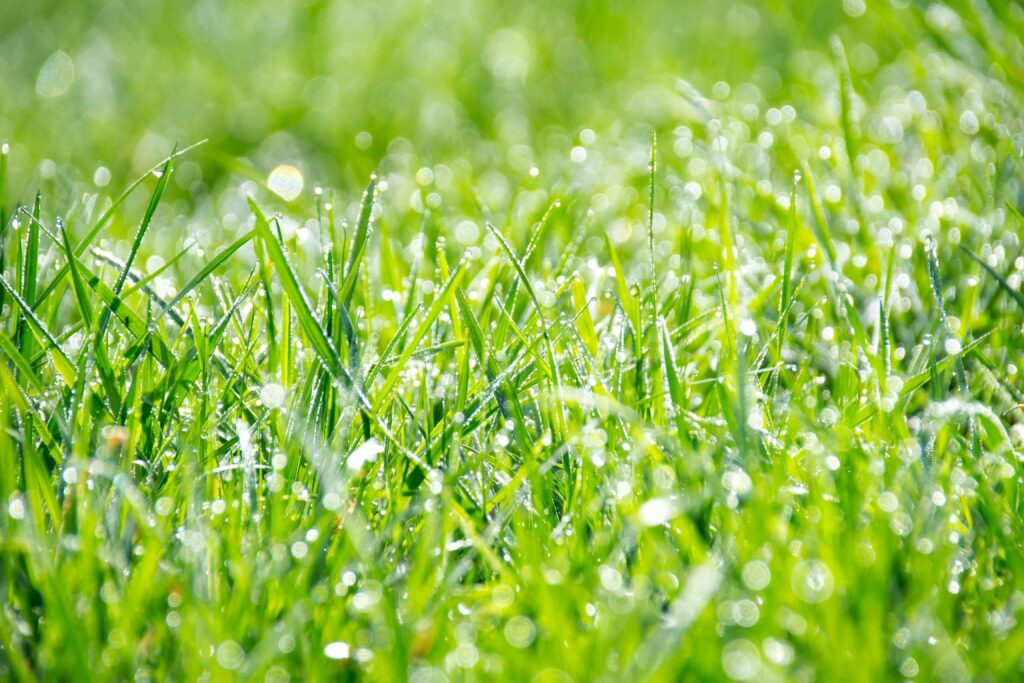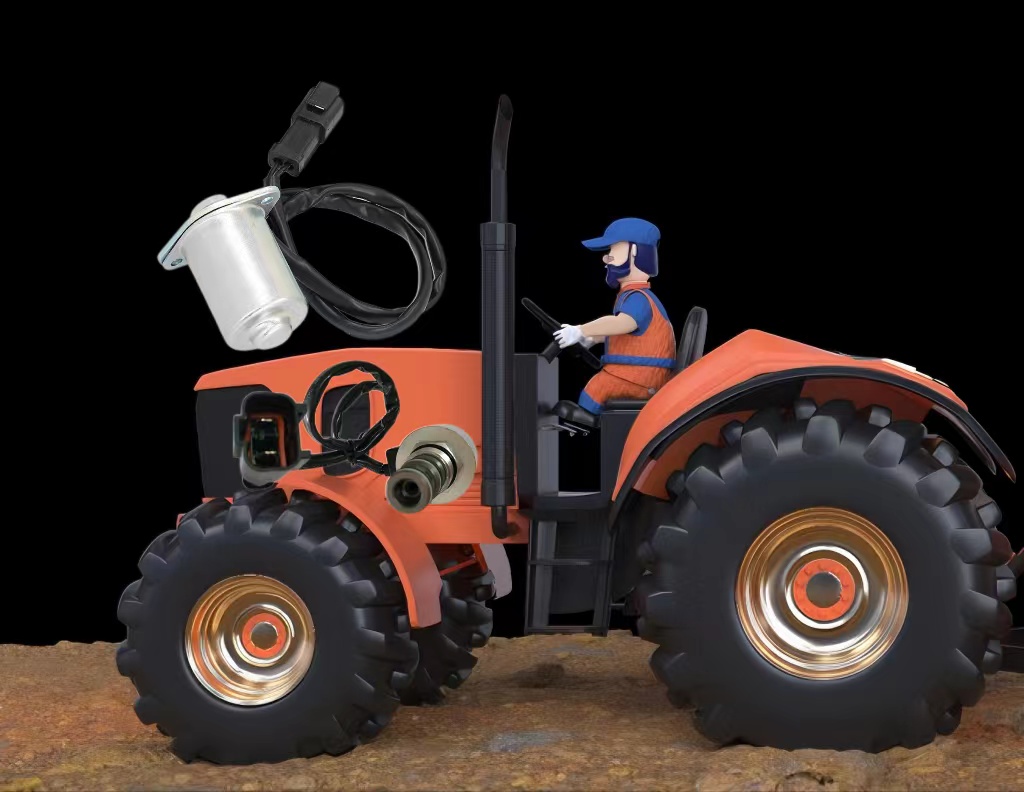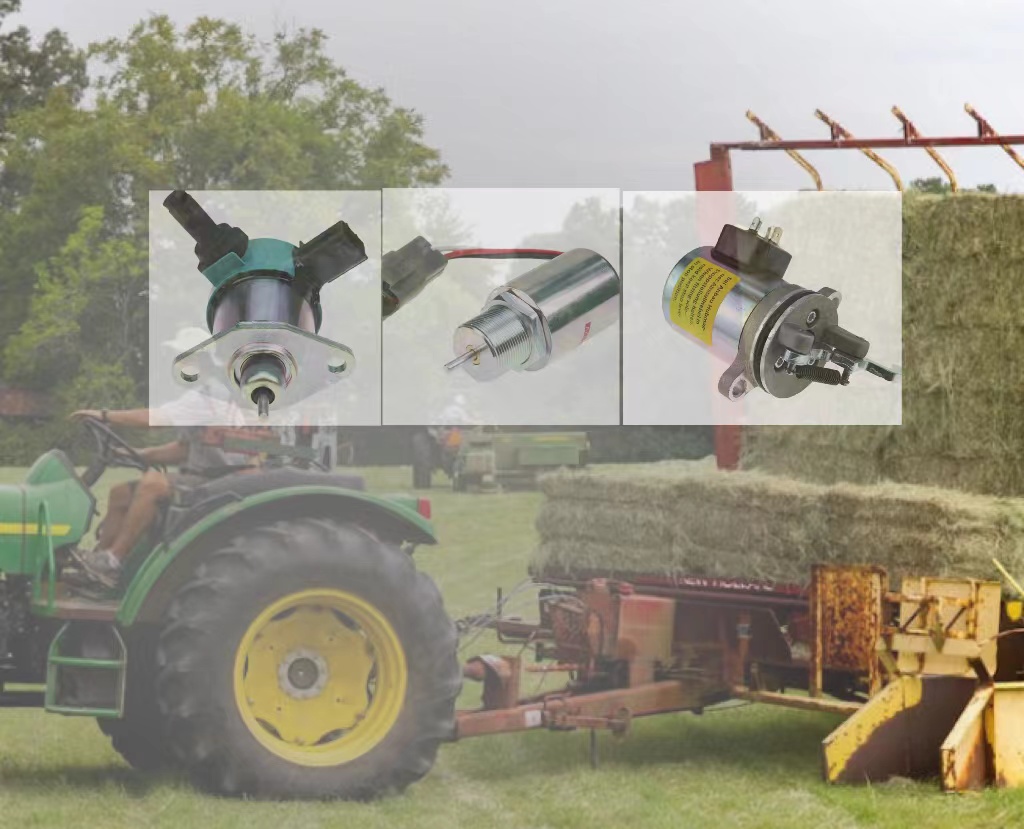Can you mow wet grass? Many people are still debating this question because sometimes they must mow. Let’s explore the answer here, including the reasons why you shouldn’t mow the lawn when it’s wet and what you should do if you need to mow wet grass.
Perhaps you have planned to but are afraid it might damage your lawn and mower. Or maybe you have already finished mowing and suddenly came across this post. Either way, let’s get into the topic. And, I have to say, it is not wise to cut your grass while it is wet. You should wait for it to dry and then start up your mowers.

Reasons why shouldn’t mow wet grass
Lawn health
Wet grass clippings have a tendency to adhere to the mower, creating an environment that fosters the growth of mold and fungi. Consequently, during the next mowing, there is a high likelihood that these clippings will spread onto the lawn, resulting in the following lawn diseases:
- Powdery mildew: This disease manifests as a white, powdery coating on the lawn.
- Red Thread: It appears as reddish-brown or pinkish thread-like patches on the lawn.
- Brown Patch: Large, brown patches develop, with the infected areas gradually expanding.
- Copper Spot: Small brown or copper-colored spots form, which may enlarge and merge together.
- Leaf Spot: Brown or black spots appear on the grass blades.
Furthermore, the wet grass clippings sticking to the underside of the mower deck can also foster the growth of mold, which will spread onto the lawn during the subsequent mowing.
Additionally, if you are planning to seed your lawn, the wet surface of the seeds makes it easier for the mower to pick up and spread weed seeds from the surrounding area. These weed seeds adhering to the wet seed surface can also be scattered into the soil, resulting in an increased weed population.
There are personal safety risks associated with using an electric lawn mower on wet grass, as there is a higher chance of electric shock and slipping due to the presence of metal handles on most mowers. Even with other types of mowers, internal malfunctions and slipping can occur because mowers require forward propulsion.
Soil damage
Lawn mowers are heavy machinery, and the wheels, along with our shoes, can compact the soil and create ruts in the soft, muddy ground. This damages the roots and hinders the future growth of the lawn. It is advisable to wait for the grass to dry before mowing to minimize soil damage.
Safety risks
Wet grass blades tend to clump together, making it difficult for the mower blades to cut them evenly. In some cases, the blades may even get stuck or lifted up from the soil instead of making clean cuts.
More effort on cleaning up
The wet grass clippings easily stick to the mower deck, prolonging the cleaning process. If not thoroughly cleaned, the damp clippings can provide a breeding ground for mold. Additionally, your pants and shoes are more likely to get stuck with grass clippings and mud.

Tips for mowing wet grass
While it is indeed a significant challenge, it is not impossible. If you must mow, here are some tips for mowing a lawn without standing water:
- Ensure that your mower blades are in optimal condition by regularly sharpening or replacing them.
- Spray a silicone lubricant on the underside of the mower deck before mowing wet grass to prevent the clippings from sticking.
- Check the air filter before mowing and ensure it is clean and dry. Replace it if necessary. You can find the aftermarket lawn mower parts you need, including air filters, in our mower catalog.
- Use the side-discharge mode while mowing to avoid damaging the mower bag with wet grass clippings.
- Set the mower deck to a higher height (around 4 inches) for a more even cutting effect.
- Mow at a slower speed when cutting wet grass, as the blades require more power to effectively cut through it.
- Add a minimal amount of fuel and mix in a fuel stabilizer to prevent moisture from affecting the performance of the mower engine.
FAQs about mowing wet grass
Should you cut grass after it rains or before it rains?
The best time to mow the lawn is before it rains or when the grass is moderately moist (preferably dry) to promote water absorption and aid in healing. If you don’t have time to wait, you can use sharp blades, raise the mower deck, and discharge wet clippings to the side, but be cautious about whether the soil beneath the lawn is too wet and soft. You can refer to the above suggestions.
What is the recommended waiting time for mowing grass after rain?
Typically, it is recommended to wait until the surface of the lawn is completely dry after rain before mowing. For light rain or morning dew, it is advisable to wait for approximately 5 hours before starting to mow.
What is the best time to cut grass?
The best time to cut grass depends on the climate and environmental conditions of your area, aiming to avoid excessive wetness or heat.
How often should lawn mower blades be sharpened?
Generally, it is recommended to sharpen the mower blades at least once per mowing season or after approximately 25 hours of use.
Are there grass varieties suitable for mowing when wet?
Yes, there are grass varieties like Kentucky bluegrass and fine fescue that can withstand wet mowing. However, it’s crucial to avoid mowing when the conditions are excessively wet.
Takeaway
It is advisable to avoid mowing the lawn when it is wet due to the various disadvantages it brings, such as soil damage, disease risks, and safety hazards. However, if you have no choice but to mow, it is recommended to follow the tips mentioned in the article. If your lawn mower parts encountered issues during the previous mowing, you can quickly select compatible replacement parts for your mower like Bobcat, Kubota, John Deere, etc. Before buying, you can get coupons and enjoy a first-order of $50 off on our subscription page.







Leave A Comment